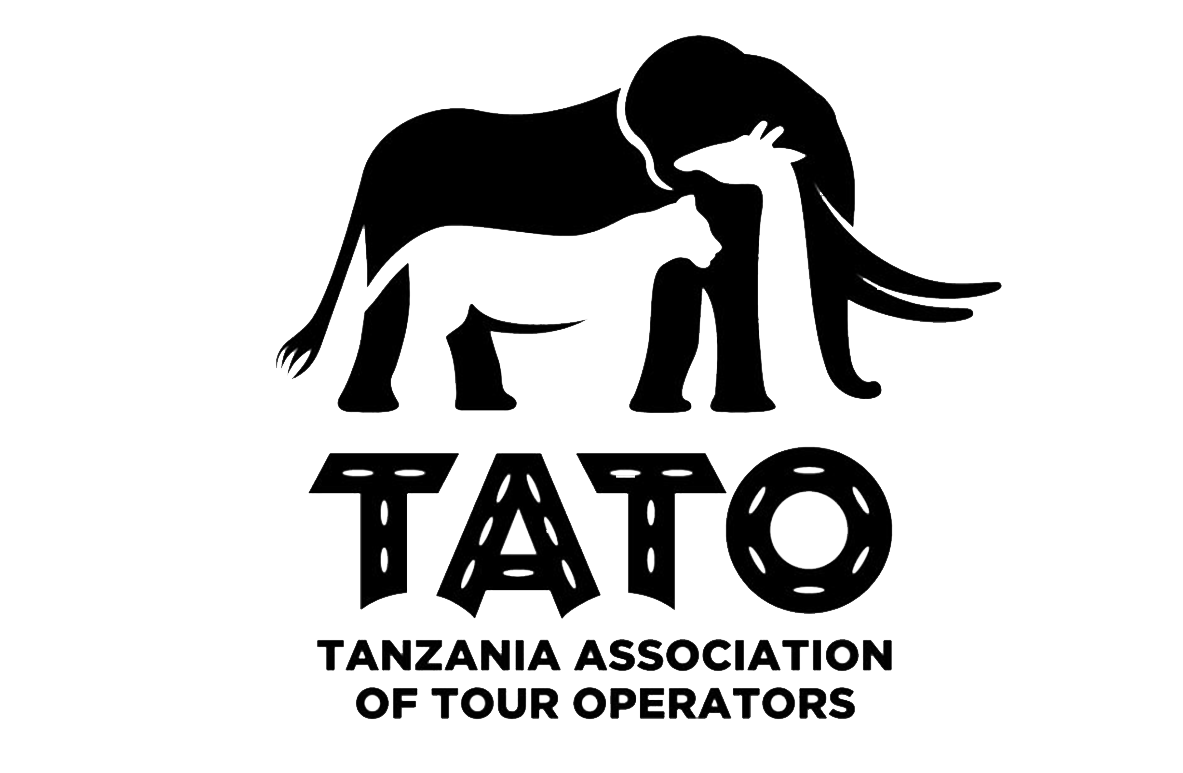- +255 748 384 340
- info@nduwatours.com
Mount Kilimanjaro epitomizes the beauty of Tanzania, East Africa and Africa in general. Its legendary snow-capped dome, atop a perfectly formed extinct volcano, stands at summit of African, 5,895 m (19,336 ft),above sea level. More significantly as viewed from its base, this is the world’s tallest free-standing mountain, rising in breathtaking isolation to tower an imperious 5 kilometer (3 miles) above the surrounding savannah.
The highest mountain in Africa, snow caped and world’s highest free standing volcano. It comprises of two dormant volcanoes (Kibo 5,895m a.m.s.l and Mawenzi 5,149m a.m.s.l) and one extinct volcano (Shira 3,962m a.m.s.l) respectively. The origin of the word is not well known but it said to be a combination of the Swahili word Kilima meaning “Mountain” and the Kichagga word Njaro, loosely translated as “Whiteness” giving the name “White Mountain”. Its size is 1,712Km2 and was declared as a National Park in 1973, officially opened for tourism in 1977, declared a World Heritage Site by UNESCO in 1987 and Natural Wonder of Africa in 2013. Climbing to the top which is far up into the sky it’s a life time experience that no one can forget.

Ice fields inside the Kibo crater. There are two rainy seasons in a year. The wet season is from March to May during which it rains around the mountain base and snow accumulates on its peak.
The dry season is from late June through September during which the nights are cool and the days completely clear.
The park is located at an altitude between 1700 m to 5895 meter with annual average rainfall ranging from 828 mm at alpine desert to 2500 mm at Montane forest.
The park can be accessed by road or flight via Kilimanjaro International Airport – about 45km to the west. The Park Headquarters and one of the ascending gates are at Marangu, about 41Km from Moshi town and 86km from Kilimanjaro International Airport.
The other seven gates of Rongai, Machame, Londorosi, Lemosho, Kilema, Mweka and Umbwe are located around the mountain base and can be reached by road.
The Park is endowed with a diverse variety of attractions ranging from terrestrial wilderness to permanent glaciers on the mountain peaks.
Kibo, the highest peak (5,895m) on Mount Kilimanjaro, is covered by snow throughout the year despite being close to the equator. Conquering this peak is an adventure of a lifetime.
Mawenzi Peak
Is the second highest peak which forms mount Kilimanjaro 5,149m. It is rugged and maintain the features of glaciation.
Shira peak
With an altitude of 3,962m, is the oldest peak that collapsed and forms a Shira plateau with outstanding scenic beauty on the mountain with several kinds of migratory large mammals such as buffaloes, elephants and especially elands.
A wide band of exceptionally beautiful montane forest encircles the whole of Kilimanjaro from about 1800 –2800m. The forest zone is worth a visit even if you are not climbing to the peaks. Marangu nature trails is particular taking you through this forest belt which supports several plant species, including endemic plants like Impatiens kilimanjari.
Five eco-climatic zones take you to the equivalent of a trip from the equator to the arctic in a brief tour. As one climb Kilimanjaro, vegetation and weather changes in response to the changing elevation from montane forest, heath and moorland, alpine desert and the summit zone (arctic). The mountain peak is covered by snow all year-round.
Located along Marangu route 2.8Kms provides a spectacular experience while enjoying walking inside the thick montane forest.
Located just 15 minutes walk past Mandara huts on the Marangu route the crater provides a panoramic view of Lakes Chala, Jipe and Nyumba ya Mungu, all of which derive their waters from the Majestic Kilimanjaro.
This is a site along Marangu route that is sacred by the local Chagga people. Historically, the site was used for cultural rituals.
The park harbors a total number of 140 species of mammals; 7 primates, 25 carnivores, 25 antelopes, 24 species of bat and 179 bird species.




The park is endowed with various tourism activities that visitors can do during their visit. The activities includes; Mountain Climbing to the Summit (MC), Paragliding, Nature Walking Safaris (Short Walking Safaris (SWS)), Long Walking Safaris (LWS), Mawenzi Technical Climbing (MTC), Picnicking, Filming, Non-Summit Bound Climbers, Crater Camping and Mountain Cycling (MB).
Climbing to Kibo peak takes 5 to 8 days depending on the route. The more days, the higher the possibility to conquer the summit. Six mountain trails can take a climber to the highest point in Africa, each route offering different attractions and challenges.
Tourists have a chance to cycle inside the park. There are two routes, one for summit bound visitors (Kilema route) and second one for non summit visitors (Shira plateau). These routes are equipped with picnic sites and resting points.
Mawenzi is the second highest peak on Mount Kilimanjaro. Technical climbers can hike the present seven sub-peaks enjoying the view of cliffs, complex of gullies and rock faces.
Tourists can fly from the top of Mount Kilimanjaro and tourists may use parachutes or wingsuits while undertaking this activity.
Kilimanjaro, the highest free standing mountain, not only attracts climbers but also professional filmers. The famous film, “The Snows of Kilimanjaro (1952)” centered on Ernest Hemingway work that also worn two Oscars at the 25th Academy Awards was shot from this park.
Activities for non-summit bound climbers include:
Day walk to Maundi crater in the park, Lake Chala and cultural sites such as Kifunika and cultural camps in the villages around.

Request a safari quote now and our safari expert will be in touch with you within 24 hours.
Office Location
P.O.Box 14006 , Arusha - Tanzania
+255748384340 +255 763 962 447
+255748384340 +255 763 962 447
Email Address
info@nduwatours.com sales@nduwatours.com
Cash in USD,EUROS & C,DOLLAR
NB: You will receive invoice before payment and you will get a receipt soon after paymnet.






